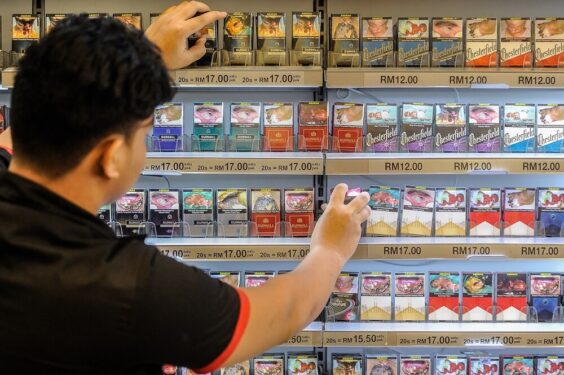By Chang Chi-Yi
TO encourage inventive deliberations, art curators frequently take stock of art creations, seek connections and construct context.
They raise era specific questions, induce discourse and consider solutions. Dialogues are also sought through art media channels to stimulate reflection.
However so, penetration has been an uphill task to this point as primary audiences of art exhibitions are often confined to art and cultural circles and elites. Connecting with a wider spectrum still poses a challenge.
With the world abuzz in the wake of the social media evolution in 2007, the doors to a new brand of human interaction burst open. It bred a wide range of strategies in connecting through images and content to capture interest. This, in a way, welcomed the development of curation skills.

Social media has also allowed people to address small-scale social issues through groups to explore possibilities for renewed action.
Within years, there were vast numbers of social organisations of varying intent across Taiwan in the form of new media, NPO, startup groups and advocacy networks.
No doubt, social media has given rise to new and vibrant public knowledge platforms such as TEDx Taipei, which led to the establishment of regional TEDx teams to take stock of new social constructs. Such new platforms have curation capabilities in selecting materials and outlining context.
Curation as a communicative strategy essentially involves three levels – time, public and cross-profession.
Firstly, on the most abstract level is the dialogue between the exhibition and a particular era. This aims to define where we are, and uncovers social context, ambiance, era and background.
The essential questions being: Why hold the exhibition? How it communicates with society? And what is the content?
Only after these questions are assessed can a definition be attached, a theme developed, and a structure laid out. Of course, what follows are technical questions of re-presentation via visual language, spatial design, objects and animated videos.
Secondly, curation must consider audience feel and comprehension of a particular subject. Here’s where a curator translates and transforms complicated discourses into a plain and immersive experience.
And ultimately, on the most technical level, every curation effort involves communication between different professions; planning, visual, space, media and public relations (PR).
Bigger-scale exhibitions will involve organisers, venue owners and authorisers, plus a diverse array of internal and external teams and experts where seamless cross communication among all parties is imperative.

Curation has today become a mainstream practice, drawing interest from both public and private sectors. Simply put, post-curation will translate as a formidable influence in the future development.
Good exhibitions have the propensity to re-assemble information, convey meaningful axel and induce a sense of saturation upon departure. Besides reminding us that we can think differently, a good exhibition also needs to trigger change.
Therefore, the initial stage of the curation takes account of ‘post curation’ to achieve depth.
An exhibition is more than just a single event. Conversely, it is a comprehensive system where curation becomes the impetus towards the integration of experiences, opinions and growth. – Jan 13, 2021
Chang Chi-Yi is the president of the Taiwan Design Research Institute (TDRI)
The views expressed are solely of the author and do not necessarily reflect those of Focus Malaysia.










